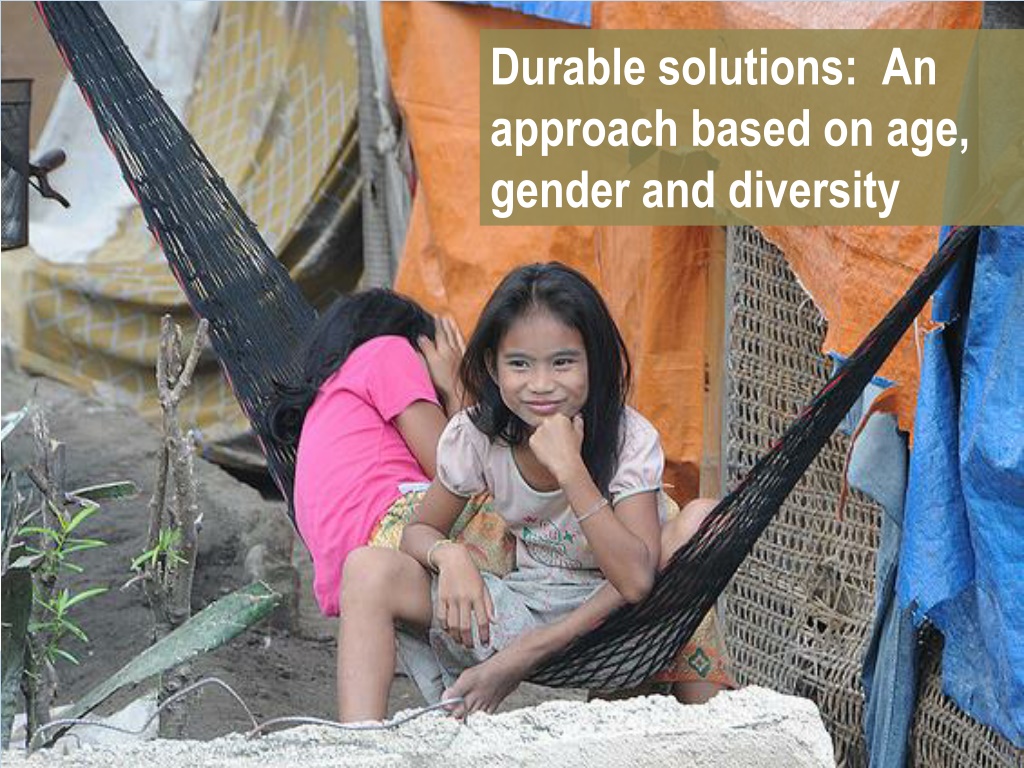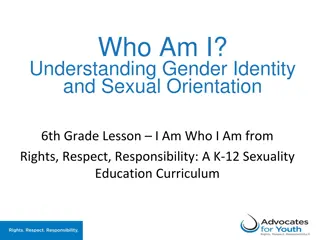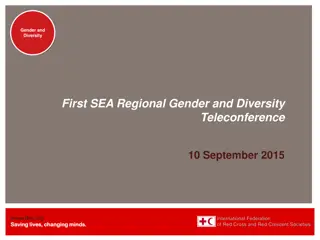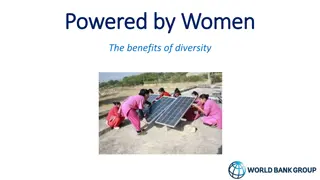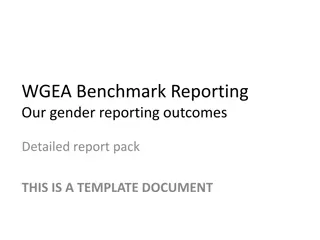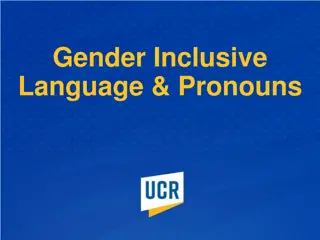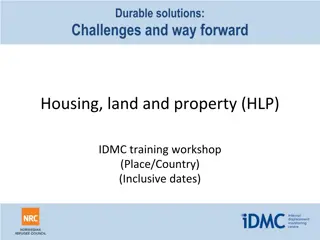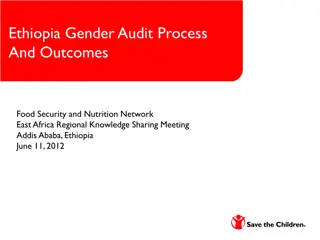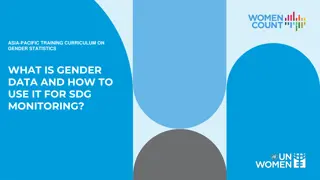Exploring Durable Solutions Through an Age, Gender, and Diversity Approach
An in-depth look at the Age, Gender, and Diversity (AGD) approach to achieving durable solutions in conflict and disaster situations. The focus is on tailoring programs to meet the specific needs of affected populations and developing practical tools to integrate AGD into strategies effectively. The discussion covers how age, gender, and diversity play crucial roles in how individuals are impacted by crises, emphasizing the importance of inclusion and participation, particularly for women and vulnerable groups.
Download Presentation

Please find below an Image/Link to download the presentation.
The content on the website is provided AS IS for your information and personal use only. It may not be sold, licensed, or shared on other websites without obtaining consent from the author. Download presentation by click this link. If you encounter any issues during the download, it is possible that the publisher has removed the file from their server.
E N D
Presentation Transcript
Durable solutions: An approach based on age, gender and diversity
Objectives To examine an age, gender and diversity (AGD) approach to the achievement of durable solutions To hone programmes that support the achievement of durable solutions based on the specific needs of affected populations To develop practical tools to better incorporate AGD into durable solutions strategies
Age, gender and diversity Conflict and disasters affect different people in different ways depending on their age, gender and membership of a group, ethnicity or religious, linguistic or other minority.
Age and gender Female Male Birth sex Boy Girl Learning of gender roles Man Woman Varies depending on culture and era Elderly man Elderly woman
Diversity Diversity refers to the variety of values, beliefs, attitudes, cultural perspectives, nationalities, ethnicities, health and social statuses, skills, abilities and other personal attributes among a given population.
The Kampala Convention and participation Implementation of the Kampala Convention depends on the participation of all those concerned with displacement, including IDPs The convention states that IDPs should be consulted about, and participate in decisions that affect them before, during and after displacement It recommends specific measures to facilitate the participation of women and other vulnerable groups Articles 9, 10 and 11
Focus on women The exclusion of women from decision-making processes and the high incidence of GBV has been the subject of a number of UN Security Council resolutions: 1325: Participation in peace talks and reconstruction 1820 & 1888: Control of sexual violence in armed conflict 1889: Participation in post-conflict processes 1960 & 2106: Operational steps for states and the UN to take to prevent and respond to GBV in armed conflict
Practical actions Consult men and women, reflect age and diversity Strive for a gender balance among decision-makers particularly in peace-building and the pursuit of durable solutions Ensure safe and equal access to: - Basic services such as food, water, shelter and health - Paid work - Personal identification Ensure mechanisms exist to prevent and respond to: - GBV - Sexual exploitation and abuse
What happened here? The family s first bicycle When the first broke and had to be replaced, they bought this bicycle
Analysis Gender analysis examines the distinct realities of men compared with women and the relationships between them Who is affected how and why needs and response Generational analysis examines the relationships between age groups
Tool: data collection Data disaggregated by sex and age, or age group (SADD): Helps to identify the most vulnerable Identifies needs based on sex and age Helps to expose specific protection risks Helps to guarantee human rights Contributes to better planning of strategies on HLP, livelihoods, access to justice and others
Tool: A community-based and participatory approach Ensures that women, men, girls and boys of all ages and profiles are involved as active partners in all stages of protection Recognises populations resilience, abilities and resources Brings together communities abilities and action plans to ensure their own protection
Tool: Participatory assessment Goal Participation of all the parts of communities affected by displacement to identify challenges to durable solutions How? Multi-functional teams listen to women, men, girls and boys, keeping their diversity in mind Take into account the problems and abilities they report and the solutions they recommend Conclusions drawn from participatory assessments are used to design durable solutions strategies
Activity In the same group as before, work on the same durable solutions criteria Using an AGD analysis, identify the specific obstacles women, girls, boys, indigenous and disabled people could face in meeting the criteria Recommend ways to take the obstacles into account and minimise their impact on the achievement of durable solutions for each of the groups
Conclusions Age and gender dimensions apply to everyone. Diversity may need to be recognised in given situations Gender and generational analysis helps to acknowledge different needs and identify appropriate responses SADD helps to identify the most vulnerable, anticipate protection risks and define solutions A community-based approach, including the use of participatory assessments, ensures the engagement of all groups in all stages of protection, including the pursuit of durable solutions
